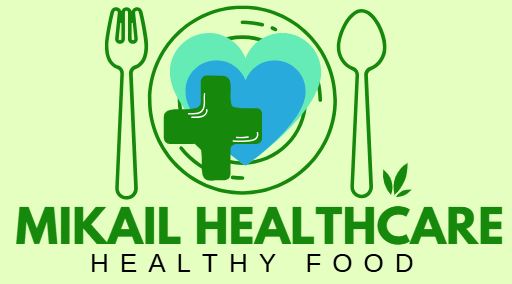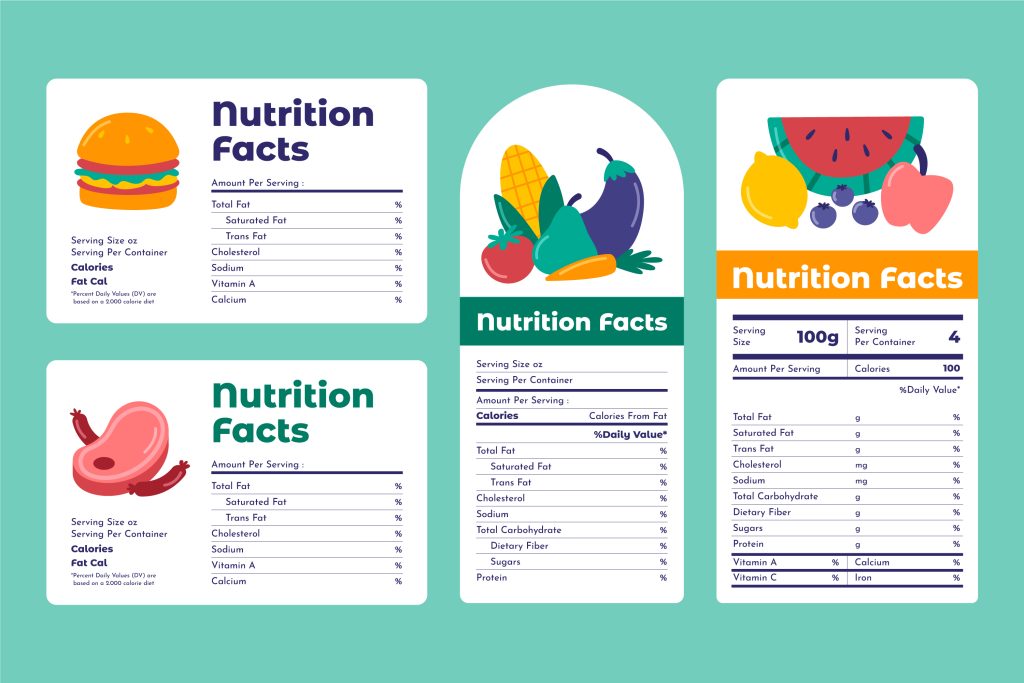Reading nutrition labels might seem confusing at first, but once you understand what to look for, it becomes a powerful tool to make healthier food choices. This article breaks down the key parts of a nutrition label and explains what they mean in a simple, easy-to-follow way.
Why Nutrition Labels Matter
Nutrition labels help you:
- Understand what you’re eating
- Compare products
- Choose healthier options
- Control your calorie and nutrient intake
1. Serving Size
Always start by checking the serving size. This tells you how much of the product the nutrition information refers to.
👉 Example: If the label says “1 cup” but you eat 2 cups, you’re getting double the calories, fat, sugar, and other nutrients.
2. Calories
This shows the number of calories in one serving. It helps you manage your energy intake throughout the day.
👉 Tip: Most adults need around 2,000 calories per day, but your needs may vary depending on age, gender, and activity level.
3. Nutrients to Limit
Look out for:
- Saturated Fat
- Trans Fat
- Cholesterol
- Sodium
- Added Sugars
Too much of these can increase the risk of heart disease, high blood pressure, and obesity.
👉 Tip: Choose foods with low amounts of these ingredients.
4. Nutrients to Get More Of
Aim to include:
- Fiber
- Vitamin D
- Calcium
- Iron
- Potassium
These are important for strong bones, good digestion, and overall health.
👉 Tip: Look for foods with at least 10–20% DV (Daily Value) of these nutrients.
5. % Daily Value (%DV)
This tells you how much of each nutrient a serving provides in relation to your daily needs.
- 5% or less = Low
- 20% or more = High
👉 Example: If sodium is listed at 25% DV, that’s already a high amount for just one serving.
6. Ingredients List
The ingredients are listed in order by weight, from highest to lowest.
👉 Tip: Watch out for:
- Sugar under different names (glucose, fructose, syrup, etc.)
- Unhealthy fats like hydrogenated oils
- Artificial colors or preservatives
Choose items with whole food ingredients listed at the top.
Quick Label Reading Tips
- Compare similar products for better options
- Watch serving sizes—they can trick you
- Choose items with more fiber and less sugar
- Go for short, simple ingredient lists
Conclusion
Learning how to read nutrition labels is one of the smartest steps you can take toward healthy eating. With just a few minutes of attention at the grocery store, you can make choices that fuel your body and improve your long-term health.
Stay tuned for more articles to help you live a healthier life—one bite at a time!

